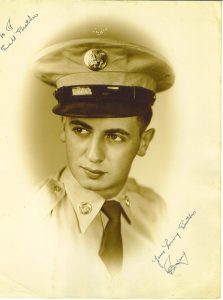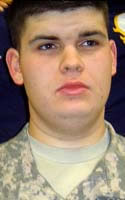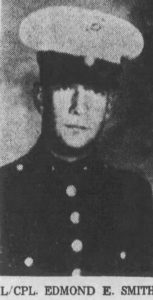
Anthony Edmund Costa from New York, Saratoga county.
Parents: Dominick Costa
Service era: Korea
Date of death: Thursday, November 2, 1950
Death details: During the last week of October 1950, Republic of Korea (ROK) Army forces under the control of the U.S. Eighth Army were advancing deep in North Korean territory, approaching the Yalu River on the Chinese-Korean border. Chinese Communist Forces (CCF) struck back in a surprise attack, engaging the ROK 1st and 6th Divisions near Unsan, some sixty miles north of Pyongyang. The U.S. 1st Cavalry Division, with the 8th Cavalry Regiment in the lead, was rushed forward to reinforce the ROK units in the Unsan area. On November 1, the regiment’s 1st Battalion took up positions north of Unsan, while the 2nd Battalion moved to guard the Nammyon River valley west of town, and the 3rd Battalion was placed in reserve at the valley’s southern end. Sergeant Anthony Edmund Costa, who joined the U.S. Army from New York, served with Headquarters Company of the 3rd Battalion, 8th Cavalry Regiment, 1st Cavalry Division. On November 1, 1950, Headquarters Company was operating the 3rd Battalion Command Post near Unsan. In the overnight hours of November 2nd, the Command Post came under heavy attack, received orders to withdraw but soon became surrounded by CCF. Sergeant Costa went missing during the chaotic fighting. A surviving American soldier reported that Sergeant Costa was captured and interned at Camp 5 at Pyoktong, where he eventually died of malnutrition sometime in March, 1951. He was not identified among the remains that North Korean officials returned to U.S. custody after the ceasefire. Today, Sergeant Costa is memorialized on the Courts of the Missing at the National Memorial Cemetery of the Pacific.
Source: National Archives, Defense POW/MIA Accounting Agency, Kingston Daily Freeman (1954)





